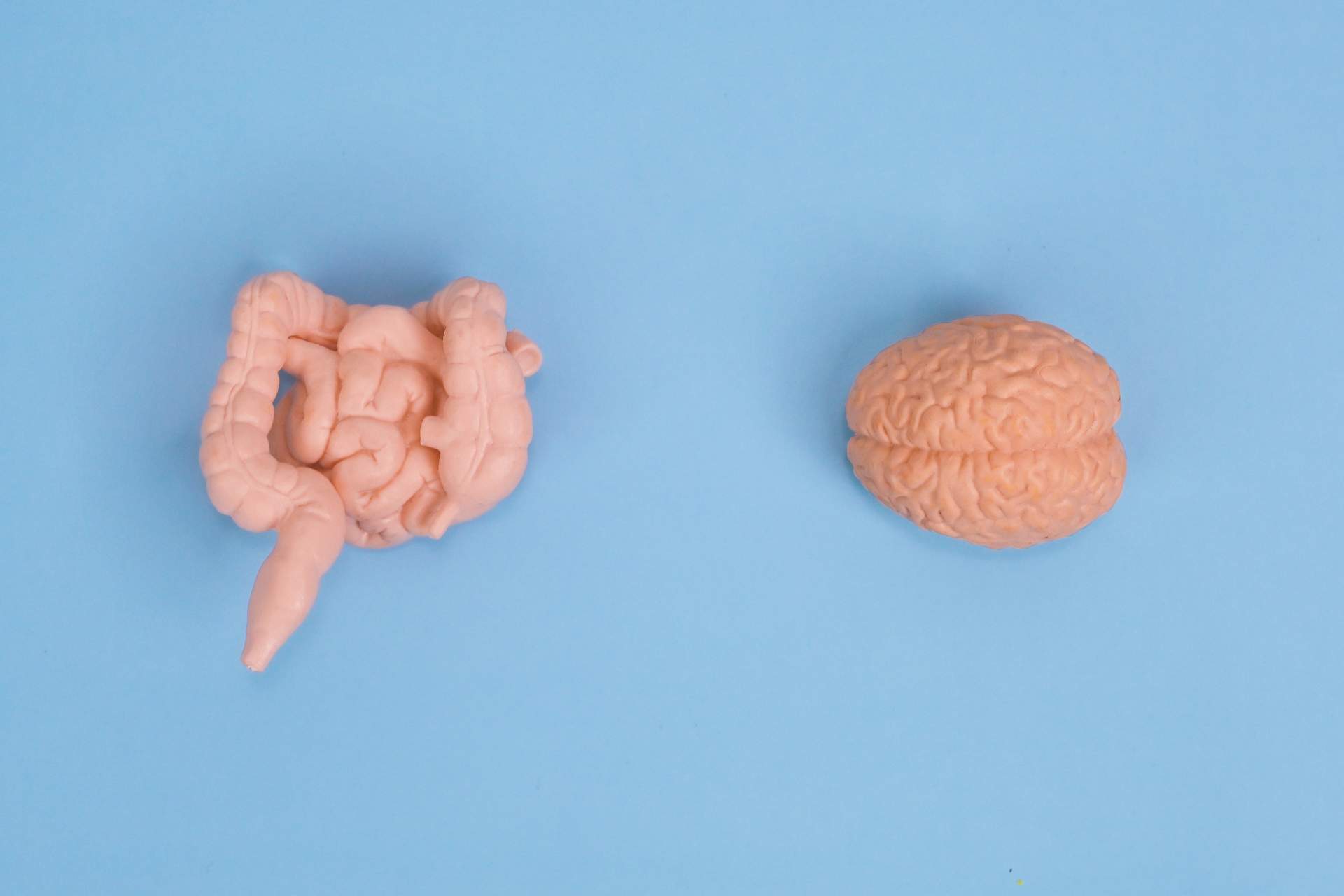What is already known
The gut-brain axis allows communication between the brain and gut microbes, which regulate brain chemistry in various ways, including through influencing the permeability of the intestinal barrier and producing metabolites that can cross that barrier. However, it is unclear whether gut microbes can influence another key barrier: the blood-cerebrospinal fluid barrier, which is localized to the choroid plexus — a network of blood vessels that produces the cerebrospinal fluid.
What this research adds
Researchers used microscopy to visualize the tight-junction protein networks of the choroid plexus. The team also imaged a type of choroid plexus capillaries that have no tight junctions. In germ-free mice, the tight-junction protein networks appeared fragmented but the researchers observed no difference in the structure of germ-free mice’s capillaries compared to those of mice with an intact gut microbiota.
Conclusions
The findings suggest that the blood-cerebrospinal fluid barrier is another barrier along the gut-brain axis that is likely influenced by the gut microbiota.
Gut bacteria have been linked to a series of neurological conditions, including depression and anxiety. Now, a study done in mice suggests that the gut microbiota is important for the maintenance of the barrier between the blood and the cerebrospinal fluid — the body fluid that surrounds the brain and spinal cord.
The findings, published in the European Journal of Neuroscience, indicate that the blood-cerebrospinal fluid barrier is likely influenced by the gut microbiota, similarly to the intestinal barrier.
The gut-brain axis allows communication between the brain and gut microbes, which regulate brain chemistry in various ways, including through influencing the permeability of the intestinal barrier and producing metabolites that can cross that barrier. However, it is unclear whether gut microbes can influence another key barrier: the blood-cerebrospinal fluid barrier.
The blood-cerebrospinal fluid barrier is localized to the choroid plexus — a network of blood vessels that produces the cerebrospinal fluid — at the four fluid-filled cavities in the center of the brain. The barrier is composed of so-called fenestrated capillaries, which have tiny openings, surrounded by connective tissue and immune cells enclosed by epithelial cells. Epithelial cells are connected to one another by tight-junction proteins.
“This brain barrier is more similar to the intestinal epithelial barrier rather than the [blood-brain barrier], … making it a likely target of the gut microbiota,” the researchers say.
To assess the relationship between the gut microbiota and the blood-cerebrospinal fluid barrier, John Cryan and Maria Aburto at the University College Cork and their colleagues used microscopy to visualize the tight-junction protein networks and capillaries of the choroid plexus.
Tight junctions
The researchers collected choroid plexus tissue from germ-free mice and mice with an intact gut microbiota. Then, they imaged a protein called ZO-1, which localizes to the cell-cell junctions, where it forms network-like structures with other tight-junction proteins.
In control mice, ZO-1 formed a continuous network with other proteins, whereas in germ-free mice, the network appeared to be fragmented. Tight junctions were similar in controls and germ-free mice, forming hexagonal structures. However, germ-free mice had fewer of these structures.
These observations suggest that germ-free mice have a disrupted ZO-1 network, the researchers say.
Microbial metabolites
To explore possible differences in the structure of choroid plexus capillaries in germ-free mice, the team looked at the blood vessels under the microscope. Overall, there were no differences between the choroid plexus capillaries of germ-free mice and controls.
“Taken together, these data reveal that the gut microbiota plays a role in the integrity of the blood-[cerebrospinal fluid] barrier,” the researchers say.
The team speculates that the absence of microbial metabolites may disrupt the barrier’s integrity. “Metabolites such as the short-chain fatty acids, specifically, have been shown to protect tight junction protein expression,” the authors say. However, more work is needed to understand how gut microbes and their metabolites control the function of the blood-cerebrospinal fluid barrier.









